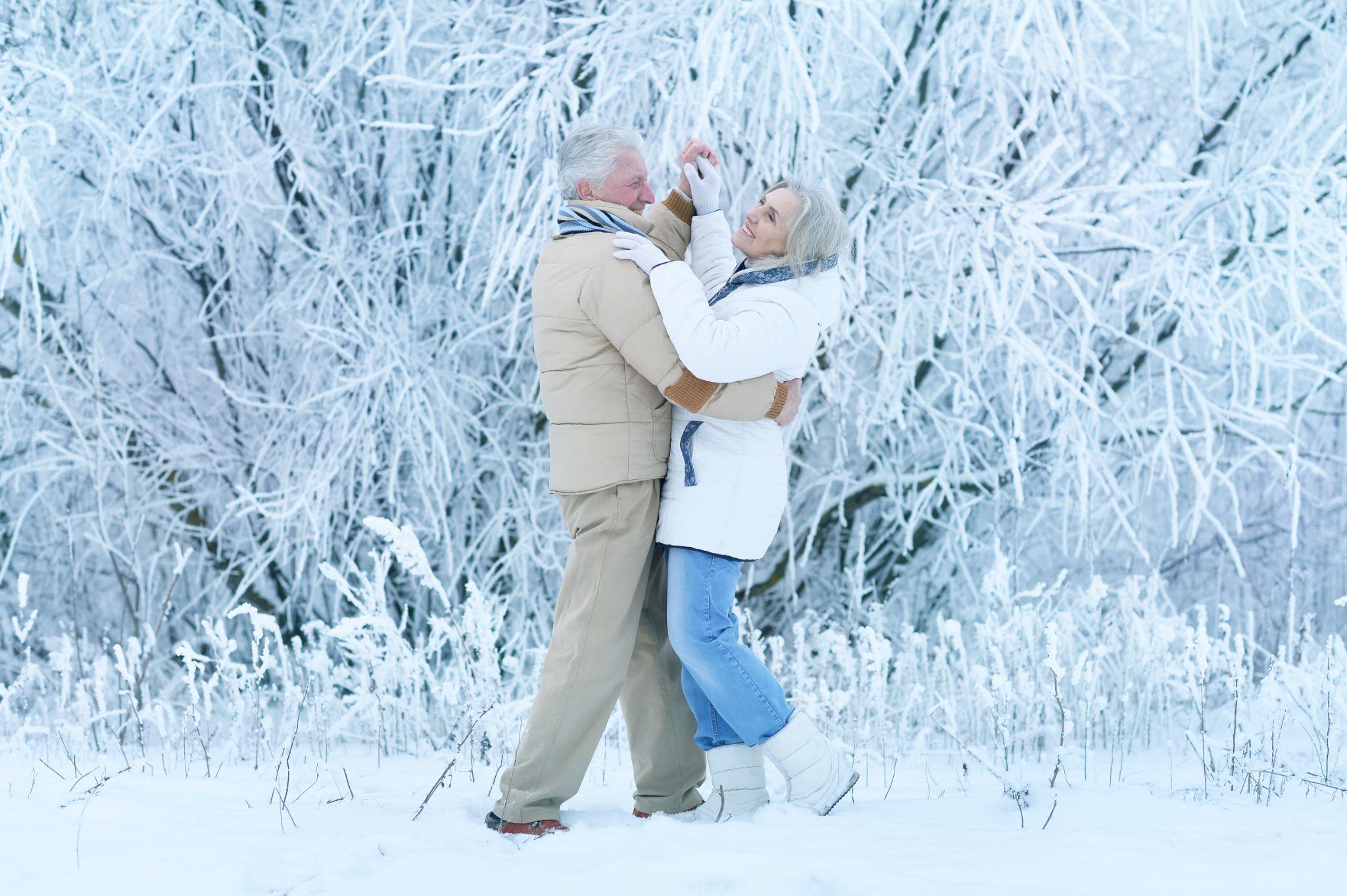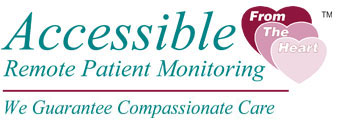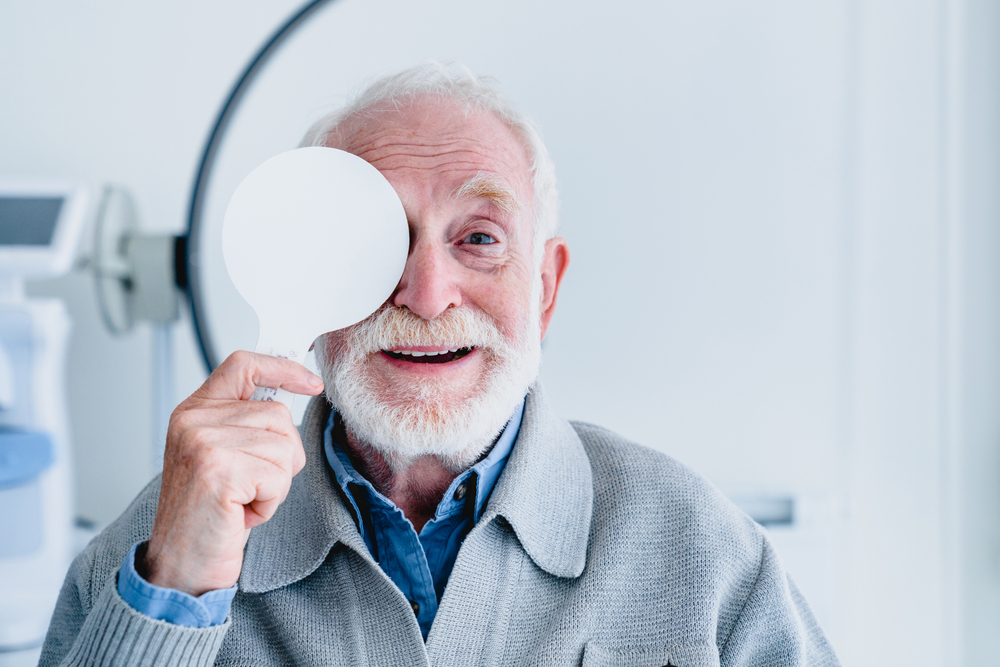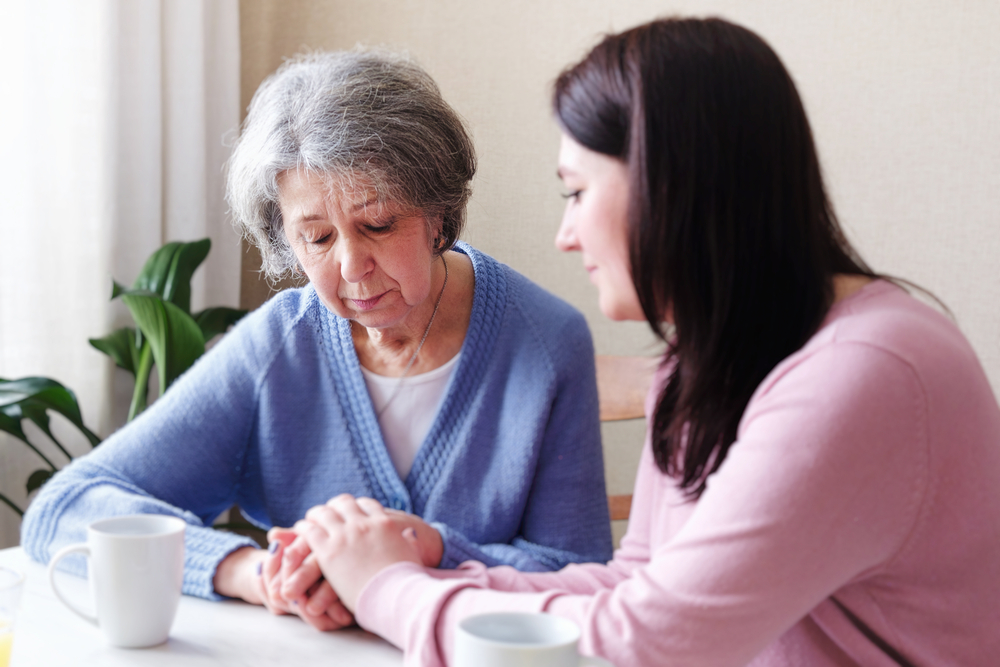 January 6, 2025
January 6, 2025
It’s a new year. Holiday celebrations have come to a close, and life’s routine is starting to return. For some, this transition from a lot of activity back to normalcy is easy, but for seniors who are struggling with seasonal affective disorder, this can be a challenging time.
With the turn of the calendar, the winter season can bring new challenges to the light that many families are not prepared for. Last year, we discussed how emotional well-being and self-care can improve your family member’s daily experience. However, sometimes, we have no choice but to look to the seasons to inform us about why we or a loved one might struggle. Thankfully, we have some ways to combat the inevitable winter depression that might impact the care and wellness of someone we love.
What is Seasonal Affective Disorder?
According to the National Institute of Mental Health, Seasonal Affective Disorder, also known as SAD, is a change in emotional wellness often linked to the changing seasons. Some people feel sad for no reason or like they are not themselves. Symptoms of SAD can last for up to four to five months out of the year and are similar to symptoms of depression. While not everyone with this disorder will experience these symptoms, here are some to watch out for:
- Feeling sad, low energy, or ‘running on empty’ for the majority of the day for at least two weeks
- Feelings of anxiety, irritability, or hyper-vigilance
- Changes in sleep decreased energy even after an entire night’s rest
- Challenges with memory, concentration, or decision making
- Loss of interest in activities or hobbies
- Thoughts of suicide
The symptoms of Seasonal Affective Disorder can also manifest physically. Depression can cause aches and pains and even be the source of headaches and digestive problems. Our bodies are highly responsive to our emotional wellness, and this time of year can be especially challenging for the seniors we love.
However, Seasonal Affective disorder differs from what most call the “holiday blues.” Indeed, the stress and anxiety of the holiday season can compound seasonal affective disorder. Still, the changes in daylight hours and weather patterns are truly at the root of this disorder. Most people with SAD experience what is known as ‘winter-pattern SAD,’ and we can look to the opposite side of the calendar for inspiration on how to support each other during this time. Like summer, getting enough sun, sleep, and activity is key to fighting seasonal depression.
Light Therapy
This time of the year is not just disrupted by the routine changes imposed on us by the holidays; we are also impacted by daylight savings time. Coping with the challenges brought on by the change of the clocks can be difficult enough in the warmer months, but no amount of clock adjusting can make up for the fact that we simply have fewer sunlight hours during the winter months.
Light therapy has been a clinical answer to this issue since its inception in the 1980s. The intent is to expose people with Seasonal Affective Disorder to bright light to compensate for the lack of natural sunlight.
People with certain eye diseases or taking certain medications that impact their sensitivity to sunlight should check with their healthcare provider before starting this therapy. Still, most people can do this at home. It is as simple as purchasing a light box with at least 10,000 lux and sitting in front of it for at least 30-45 minutes daily. Many doctors recommend doing this in the morning. The light box is brighter than regular bulbs and filters out damaging UV light.
According to the National Institute of Health, many people with SAD have Vitamin D deficiency, and taking supplements may help. However, research studies have shown mixed results on the effectiveness of supplementing vitamin D as a replacement for light therapy. As always, check with your senior care provider before adding new supplements to their regimen.
What About Sleep Patterns?
It should be no surprise that sleep plays a significant role in your senior family member’s wellness and physical health, but it is even more crucial in the winter months. A lack of consistent sleep can lead to irritability and memory loss and cause more falls. It can also make symptoms of depression worse.
Seniors need the same amount of sleep as the average adult, and making those 7 to 9 hours healthier will ensure that your family member is feeling their best each morning. Sleep hygiene is defined as sleeping well, building habits, and practicing getting to sleep regularly. Here are some questions you can ask to check in on your senior loved one’s sleep:
- Are they going to bed and waking up at the same time?
- Do they get hungry in the middle of the night and raid the fridge for late-night snacks?
- How late are they consuming alcohol?
- With all the current technology, are they staying up too late with their phones, computers, or tablets?
- Has naptime moved to later in the evening?
An Active Lifestyle is Key
Finally, one way to check off light therapy and sound sleep is to stay active. No matter your family’s location and situation, ensuring your loved one stays active can positively impact their health and wellness. Even 30 minutes of a walk outside under the sunlight can uplift mood and make it easier for the body to rest later.
Keeping seniors physically and socially active is more challenging in the winter months. Consider joining a virtual fitness class as a family or joining the local library to attend their events. And, of course, use what you have. Thousands of informational workout videos online are built for families looking to encourage senior health and wellness during this time.
Lean on Accessible Home Health Care
There may be a point where you and your loved one need assistance getting through the symptoms of seasonal affective disorder. Depression, even the seasonal sort, can have lasting impacts on the brain, body, and emotions. It can be frightening to experience unfamiliar or unwanted emotions of sadness or anxiety.
It is okay to ask for help. Here at Accessible Home Health Care, several services are available to help guide your family through seasonal affective disorder. Our Companion Care services provide personal care services while encouraging engagement through meaningful activities.
No matter how you and your family decide to navigate the complexities of Seasonal Affective Disorder this year, know that you are not alone. With some understanding of how our bodies are impacted by the changing seasons, the symptoms of SAD can be managed and reduced. And, of course, we are always here to help.



